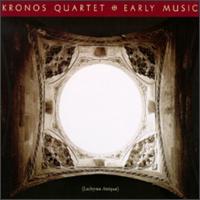
Experienced some entirely new spaces at the final day of the Light InSight exhibition at the ICC (Tokyo):
"Light InSight exhibition offers new perspectives on the past, present and future possibilities of the existence of "light", here investigated from the perspective of perception, beyond art and science."
Some Highlights included:
"You and I, Horizontal" 2006
Anthony McCALL

"Entering the space, the viewer faces a seemingly immaterial and yet three-dimensional body of light, realized by projecting light onto a delicate mist. On the wall a line extends so slowly that it is almost imperceptible to the eye. The immaterial 3D sculpture gradually changes form and scope. By passing through, inside and outside of the almost-tactile light "membrane", you become receptive to a new perceptual experience, influencing the work's sculptural aspects and scope. This work is the realization of an early 70s experimental installation using the technology of today."
from Light InSight
"Thought Projector" 2007
alien productions

"This installation was inspired by an unrealized concept for "a camera to photograph the thoughts of its subject (through their retina)" mentioned by inventor Nikola TESLA* in 1933. First, the participant sees high-resolution magnified images of the surface and rear of their eye projected on the front wall created through a three-step process. Second, the image is projected on the left wall as overlaid on imagery from an archive prepared by the artists and streamed on the Internet. Thirdly, the result is projected on the right wall, along with comments from Internet viewers. The work was first shown at Künstlerhaus Graz. Thoughts are read with a fundus camera manufactured by Zeiss."
from "Light InSight"
...
Also, checked out Mark Ryden "The Snow Yak Show" at the Tomio Koyama Gallery. The gallery, located on the 6th and 7th floor of an obscure industrial building, turned out to be more surreal than the exhibit itself:

He's weird.

















